Far Cry is an odd series. Popular enough to have six mainline games and several spin-offs, though rarely anyone’s favourite. Consistently solid, often critically acclaimed, and rarely panned even at its low points, yet Far Cry is never spoken of as a masterpiece even in an industry so loose with that superlative. Today, Far Cry 4 turns ten, and it’s as good a time as any to look back on what, exactly, Far Cry even is.
Far Cry 3 was the first Far Cry to make it to the big leagues, but that meant Far Cry 4 had to deal with those expectations. Far Cry 4 was the first blockbuster Far Cry, and it was great. It’s probably my favourite of all of them. But it was also a turning point that has seen Far Cry skidding for traction ever since. Where did Far Cry 4 go right, and how did things go so wrong?
Far Cry’s Maps Have Gotten Too Big
Far Cry 4 built on Far Cry 3 expertly, giving us a bigger map that didn’t feel overwhelming, and offering more depth to the Vaas archetype through the more cultured and intelligent Pagan Min. The island itself had a richer cast of characters with more purpose, and even the protagonist had a sharper motivation. Far Cry 4 looked at Far Cry 3 and said ‘let’s do that, but better’. Ubisoft could not repeat that trick again.
The problem is, Far Cry 4 was about as large as Far Cry not only needed to be, but feasibly could be. Every subsequent Far Cry should have been trying to emulate the feel of Far Crys 3 and 4 in different settings, with fresh stories. Instead they aspired to be bigger, better, bolder. And the wax in their wings melted as they crashed to the floor in a heap of overambition.
The scope speaks for itself – Ubisoft was once the king of designing engaging open worlds, but as greater technology allowed those worlds to swell, the company’s thinking didn’t evolve. Map markers littered the screen, with camps to clear and towers to climb. It became stale, having been overused by both Ubisoft and a bunch of pretenders far too often. Other studios had found a more engaging way to allow players to explore worlds, but Ubisoft refused to change, and thus was left behind.
Only Far Cry 4 Nailed The Politics
Far Cry 4 also sharpened the political side of Far Cry. While always there to an extent, it was heightened as we saw the atrocities of Pagan Min and the ruthless exploitation of his people. Far Cry 3 is best viewed as a ghost story – a man driven insane by the horrors and hallucinogens of an island is convinced to kill his friends by a beauty from the jungle, who then kills him during copulation as the island takes what is left of him. There are politics whirring in the background with the settlements on the island, but the main story is the unhinged evil of Vaas and the mysterious calling Jason feels to the jungle.
Far Cry 4 flipped a switch, and made the series Political with a capital P. Far Cry 5 involved an American cult, playing on religious extremism, America’s history of religious sects like Heaven’s Gate, and the power of the nuclear bomb. Despite how loaded that all sounds, it was oddly toothless. Far Cry 6 typified Ubisoft’s approach to these issues. Set in Not-Cuba and unable to tackle gentrification, fascism, colonisation, and displacement with any bite, it settled for buzzwords.
Ever since Far Cry 4, Ubisoft has wanted Far Cry to have the prestige of telling political stories without the blowback. But, since that never works, the blowback came anyway, both from those who want to keep politics out of games (despite the incredibly blurry lines as to what politics even is) and from those who welcome politically charged narratives but found Ubisoft’s approach to be cowardly and ineffective.
Far Cry 4 found this balance and, ever since, Ubisoft has been chasing that perfection. The larger maps causing greater strain on the narrative and less engaged players mindlessly shuffling through objectives doesn’t help, but the kicker is Ubisoft struck it lucky with Far Cry 4 and will likely never be able to repeat it. More games like Far Cry 3? Maybe, especially in a more concentrated setting. But Far Cry 4 best captures the Far Cry series because it’s hard to say what type of game it even is. By the time Far Cry 7 gets here, Ubisoft needs to figure it out.
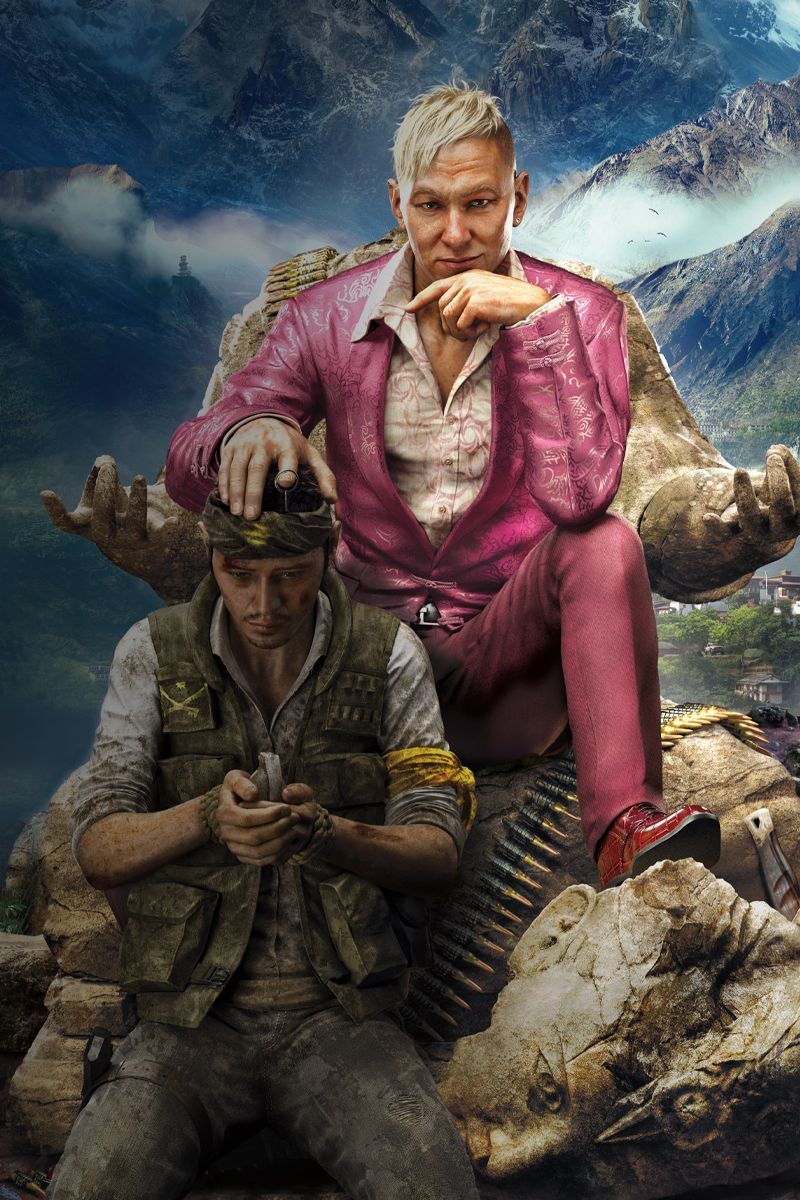
Far Cry 4
-

OpenCritic
-
Top Critic Rating:
84/100
- Released
-
November 18, 2014
- Developer(s)
-
Ubisoft Montreal
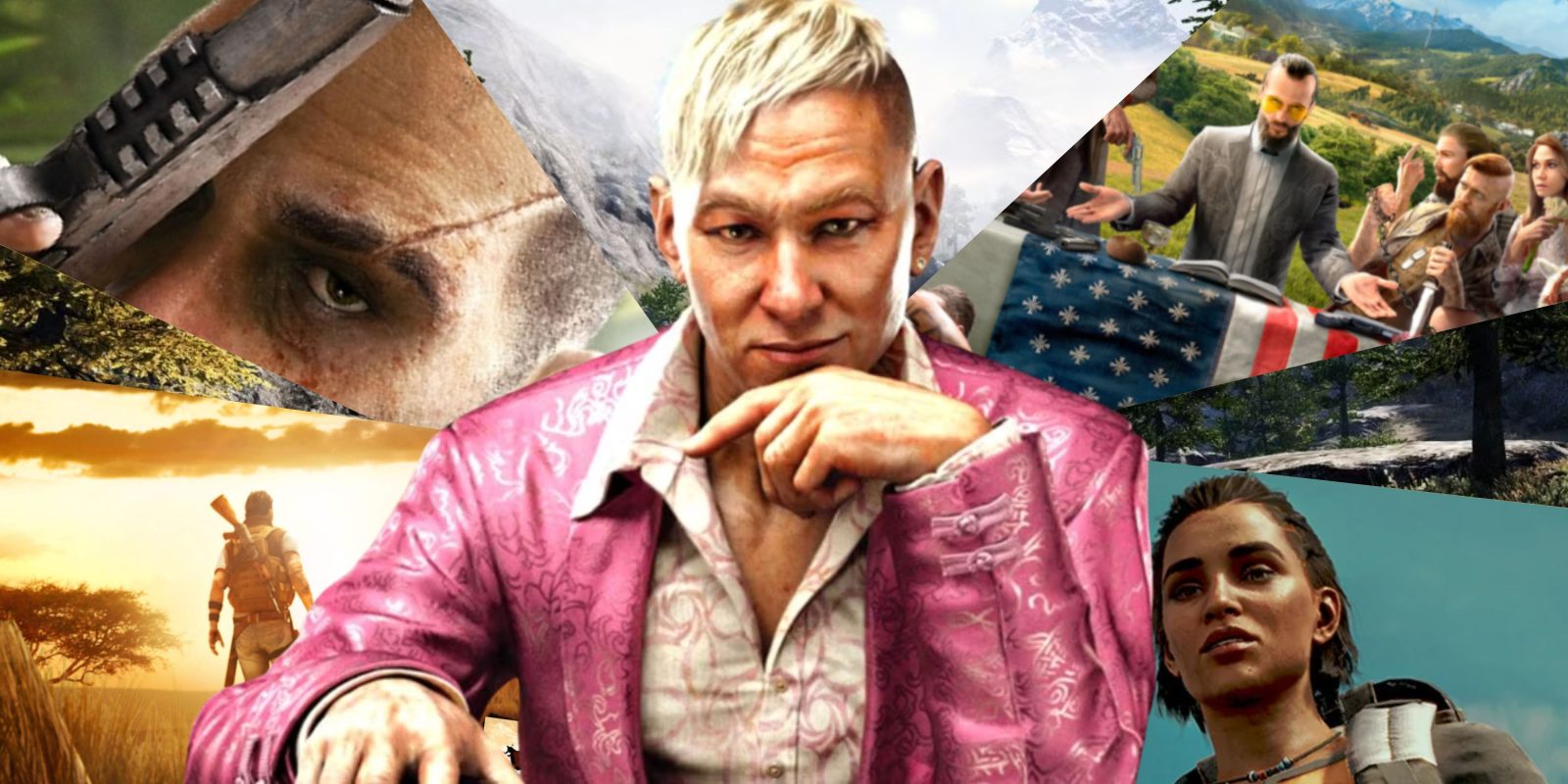

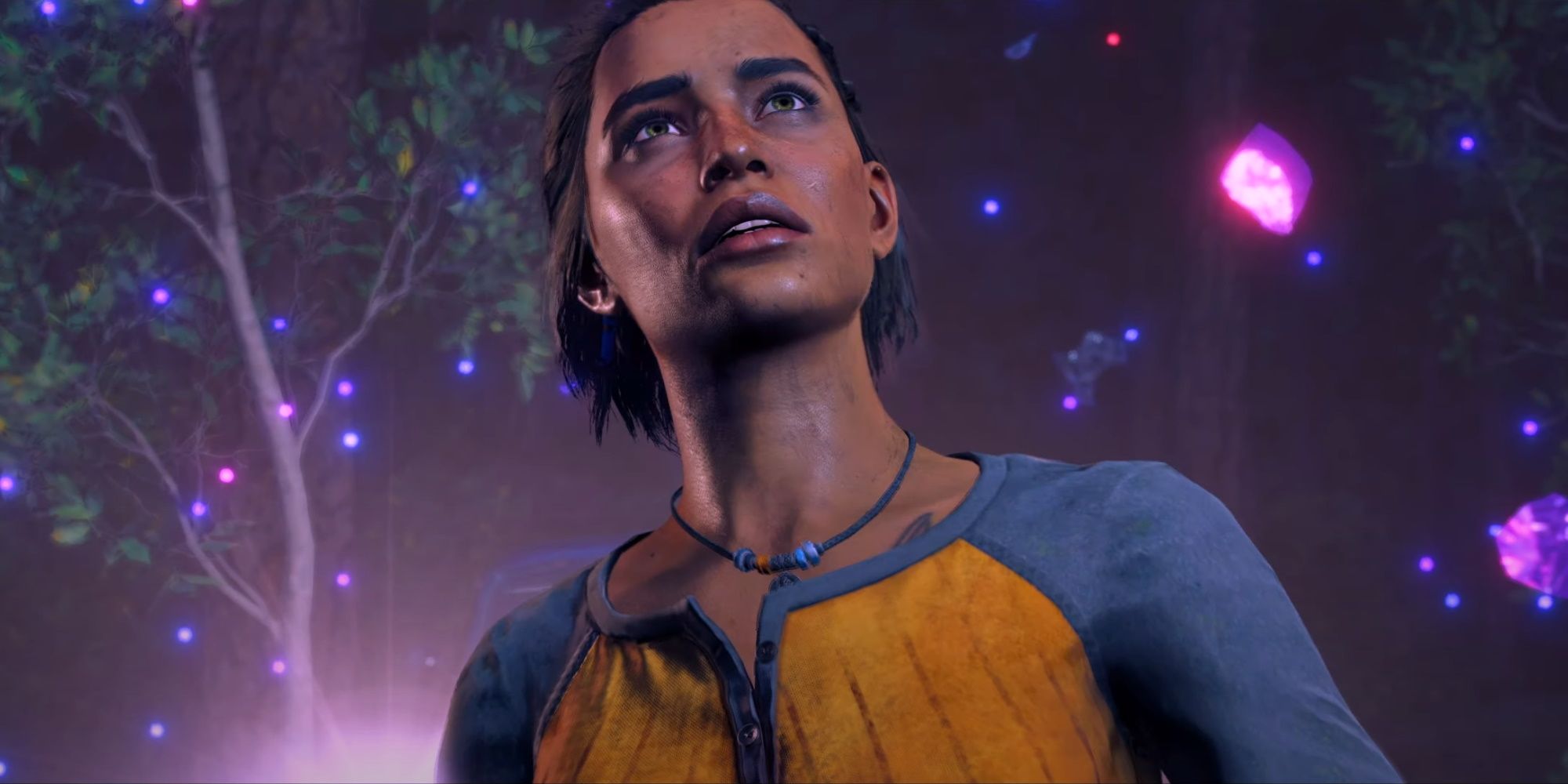
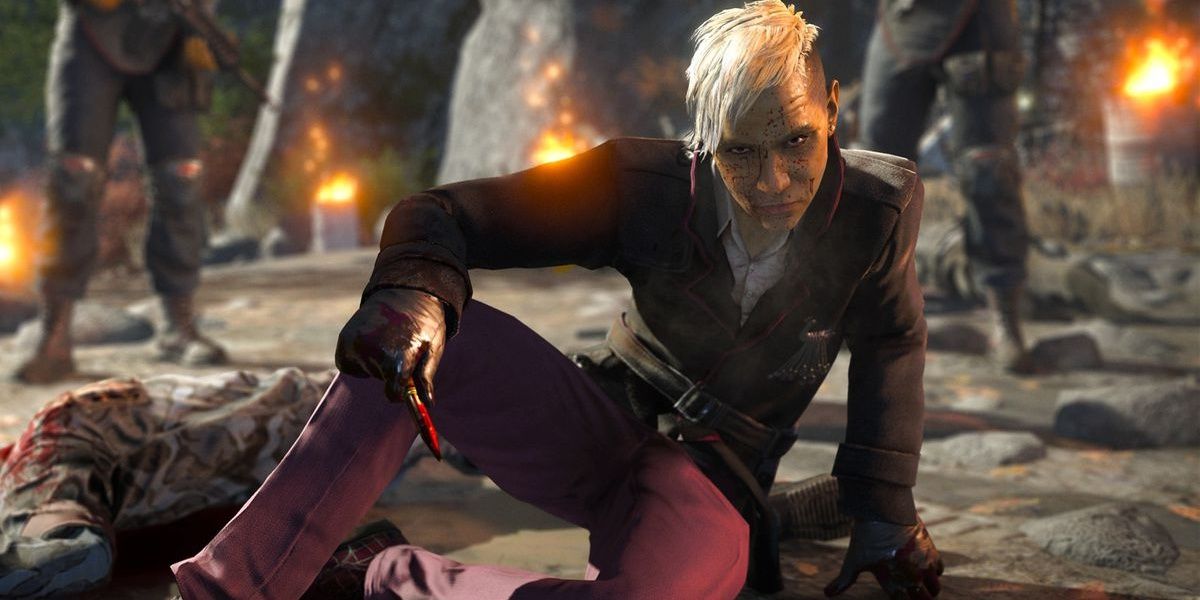






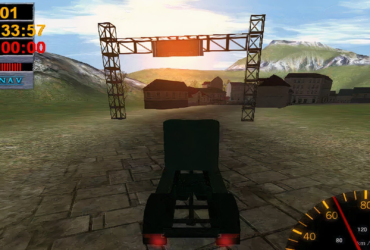
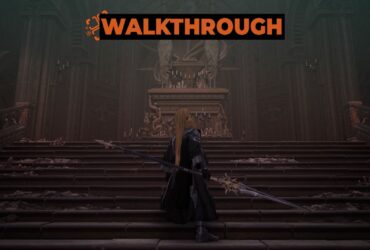


Leave a Reply